
Deutsch-Chinesische Enzyklopädie, 德汉百科

 Architecture
Architecture
 *Bridge
*Bridge
 Germany
Germany

 History
History
 J 0 - 500 AD
J 0 - 500 AD

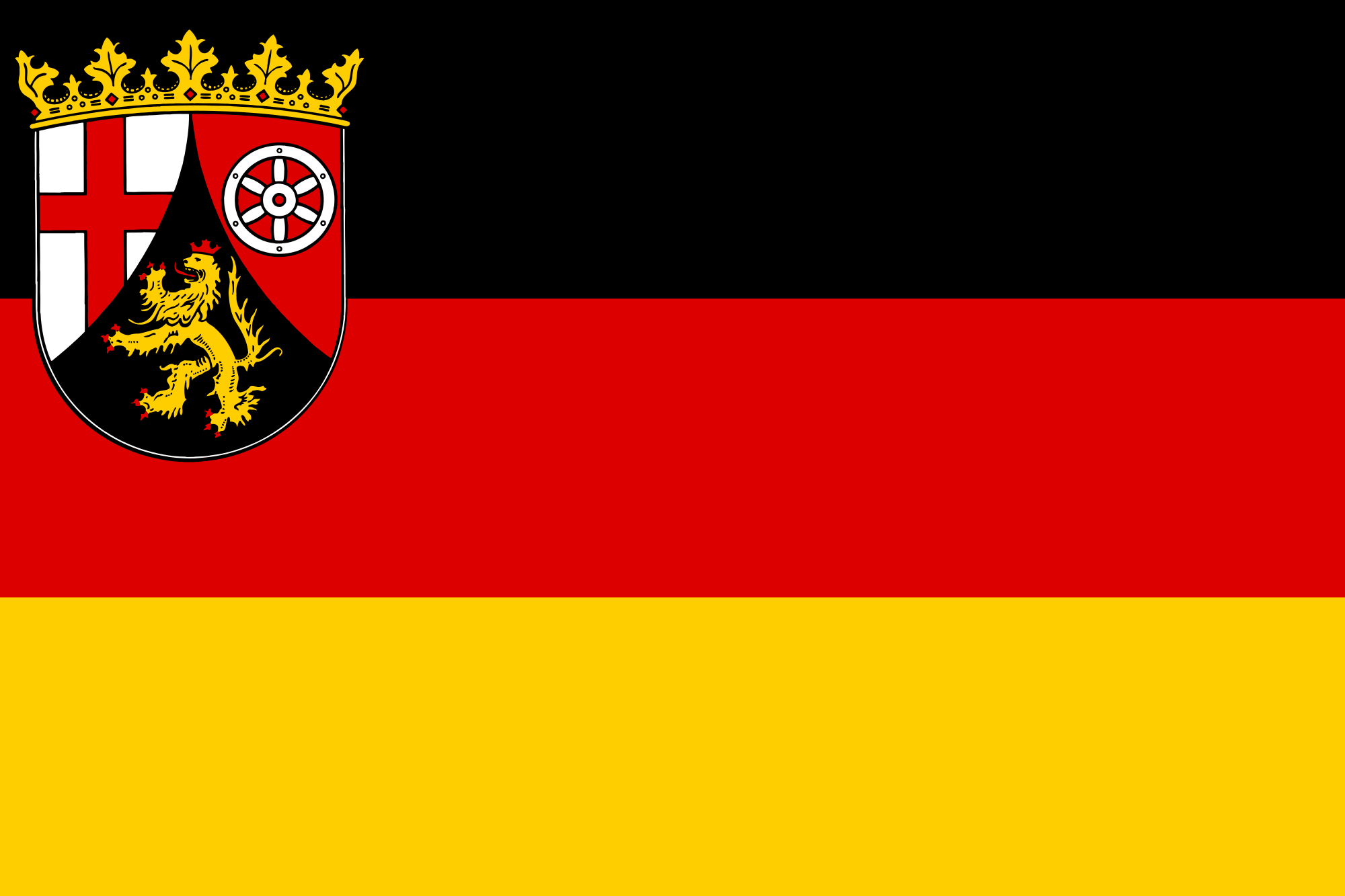 Rhineland-Palatinate
Rhineland-Palatinate

 Vacation and Travel
Vacation and Travel

 World Heritage
World Heritage
 *Mediterranean Sea
*Mediterranean Sea
 Egypt
Egypt
 Algeria
Algeria
 Belgium
Belgium
 Bulgaria
Bulgaria
 Germany
Germany
 France
France

 History
History
 H 1000 - 500 BC
H 1000 - 500 BC

 History
History
 J 0 - 500 AD
J 0 - 500 AD

 History
History
 I 500 - 0 BC
I 500 - 0 BC
 Israel
Israel
 Italy
Italy
 Jordan
Jordan
 Croatia
Croatia
 Libanon
Libanon
 Libya
Libya
 Morocco
Morocco
 Netherlands
Netherlands
 Portugal
Portugal

 Review
Review
 Romania
Romania
 Switzerland
Switzerland
 Serbia
Serbia
 Spain
Spain
 Syria
Syria

 Traditions
Traditions
 Tunisia
Tunisia
 Turkey
Turkey
 Hungary
Hungary
 United Kingdom
United Kingdom

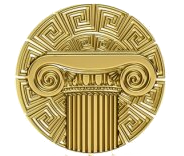 Civilization
Civilization
 Cyprus
Cyprus

Als römische Architektur bezeichnet man die Baukunst der Römer zur Zeit der römischen Republik und der Kaiserzeit. Die römische Architekturgeschichte umfasst damit einen Zeitraum von etwa neun Jahrhunderten (500 v. Chr.–400 n. Chr.). Die Epochen der römischen Architektur werden nach einzelnen Herrschern, Dynastien oder retrospektiv formulierten historischen Zeitabschnitten benannt. Die seitens der Klassischen Archäologie geprägten Epochen- oder Stilbegriffe finden keine Entsprechungen in der schriftlichen antiken Überlieferung, entsprechen also nicht antiker Wahrnehmung und Einteilung.
古罗马建筑(英语:Ancient Roman architecture),是指由古罗马人创造并且扩展到地中海沿岸其所控制疆域的一种新风格的建筑艺术,经常简称为罗马建筑(英语:Roman architecture)。它直接继承了古希腊晚期的建筑成就,而且将其向前大大推进,使之在1到3世纪达到奴隶制时代全世界建筑的顶峰[1][2]。在西方学术界传统上特指古罗马共和国与帝国时期的建筑[3],中文学术界定义较为宽泛,有时可以包括前期的伊特鲁里亚建筑[4],也可以包括分裂之后的西罗马帝国建筑[2],但是一般不包含东罗马帝国建筑。


ジャラシュ(ジェラシュ、جرش, Jerash)はヨルダン北部の都市でジャラシュ県の県都。首都アンマンからは北へ48kmの位置にある。ジャラシュ県の風土は多様で、標高が1,100mを超える高く寒冷な山地から、標高300mほどの肥沃な谷間などがあり、農耕が盛んである。ジャラシュの町は標高600mの丘にある。
ジャラシュは古代にはゲラサ(Gerasa)と呼ばれていた。シリア南部のデカポリス(十都市連合)のうちの一つであり、現在も古代ローマ時代の都市遺跡がよく残っている。
2004年の国勢調査によれば、ジャラシュ市の人口は31,650人でヨルダン国内で14番目に人口の多い街である。ジャラシュ県の人口は153,650人で、人口密度はイルビド県の次に高い[1]。ジャラシュの人口の多数派はアラブ人であるが、オスマン帝国時代末期にロシアから逃れてきた北カフカスのチェルケス人や、トルコから逃れてきたアルメニア人がヨルダンの他都市と比べ人口のうちで占める割合が若干多い。宗教はイスラム教が多く、次いで正教会およびカトリックのキリスト教徒が大きな割合を占める。
Jerash (Arabic: جرش; Ancient Greek: Γέρασα) is a city in northern Jordan. The city is the administrative center of the Jerash Governorate, and has a population of 50,745 as of 2015. It is located 48 kilometres (30 mi) north of the capital city Amman.
The earliest evidence of settlement in Jerash is in a Neolithic site known as Tal Abu Sowan, where rare human remains dating to around 7500 BC were uncovered.[2] Jerash flourished during the Greco and Roman periods until the mid-eighth century CE, when the 749 Galilee earthquake destroyed large parts of it, while subsequent earthquakes contributed to additional destruction. However, in the year 1120, Zahir ad-Din Toghtekin, atabeg of Damascus ordered a garrison of forty men to build up a fort in an unknown site of the ruins of the ancient city, likely the highest spot of the city walls in the north-eastern hills. It was captured in 1121 by Baldwin II, King of Jerusalem, and utterly destroyed.[3][4] Then, the Crusaders immediately abandoned Jerash and withdrew to Sakib (Seecip); the eastern border of the settlement.[5][6]
Jerash was then deserted until it reappeared by the beginning of the Ottoman rule in the early 16th century. In the census of 1596, it had a population of 12 Muslim households.[7] However, archaeologists found a small Mamluk hamlet in the Northwest Quarter[8] which indicates that Jerash was resettled before the Ottoman era. The excavations conducted since 2011 have shed light on the Middle Islamic period as recent discoveries have uncovered a large concentration of Middle Islamic/Mamluk structures and pottery.[9] The ancient city has been gradually revealed through a series of excavations which commenced in 1925, and continue to this day.[10]
Jerash today is home to one of the best preserved Greco-Roman cities, which earned it the nickname of "Pompeii of the East".[citation needed] Approximately 330,000 visitors arrived in Jerash in 2018, making it one of the most visited sites in Jordan.[11] The city hosts the Jerash Festival, one of the leading cultural events in the Middle East that attracts tens of thousands of visitors every year.[12]
Jerash1 est le chef-lieu de la province de Jerash dans le royaume de Jordanie. La population de l'agglomération dépasse 120 000 habitants.
La ville moderne s'est établie autour du site de l'antique cité de Gérasa, parfois francisée en Gérase.
Jerash (in arabo: جرش), l'antica Gerasa, è la capitale dell'omonima regione giordana, nel nord del paese, a circa trenta chilometri dalla capitale Amman. La città è situata sulle rive del fiume Wadi Jerash[2], che fa parte del bacino idrografico del Giordano, e prospera grazie al fertile terreno agricolo circostante.
Gerasa (en idioma árabe: جرش, en griego antiguo: Γέρασα) es el nombre de una antigua ciudad de la Decápolis. Sus ruinas representan una de las ciudades romanas más importantes y mejor conservadas del Próximo Oriente, y se ubican en la gobernación de Gerasa, al noroeste de Jordania.
Джа́раш[2], также Дже́раш (араб. جرش; др.-греч. Γέρασα — Гераса) — город на севере Иордании. Расположен примерно в 48 км к северу от Аммана, на высоте 527 м над уровнем моря[3]. Население по данным переписи 2004 года составляет 31 650 человек.






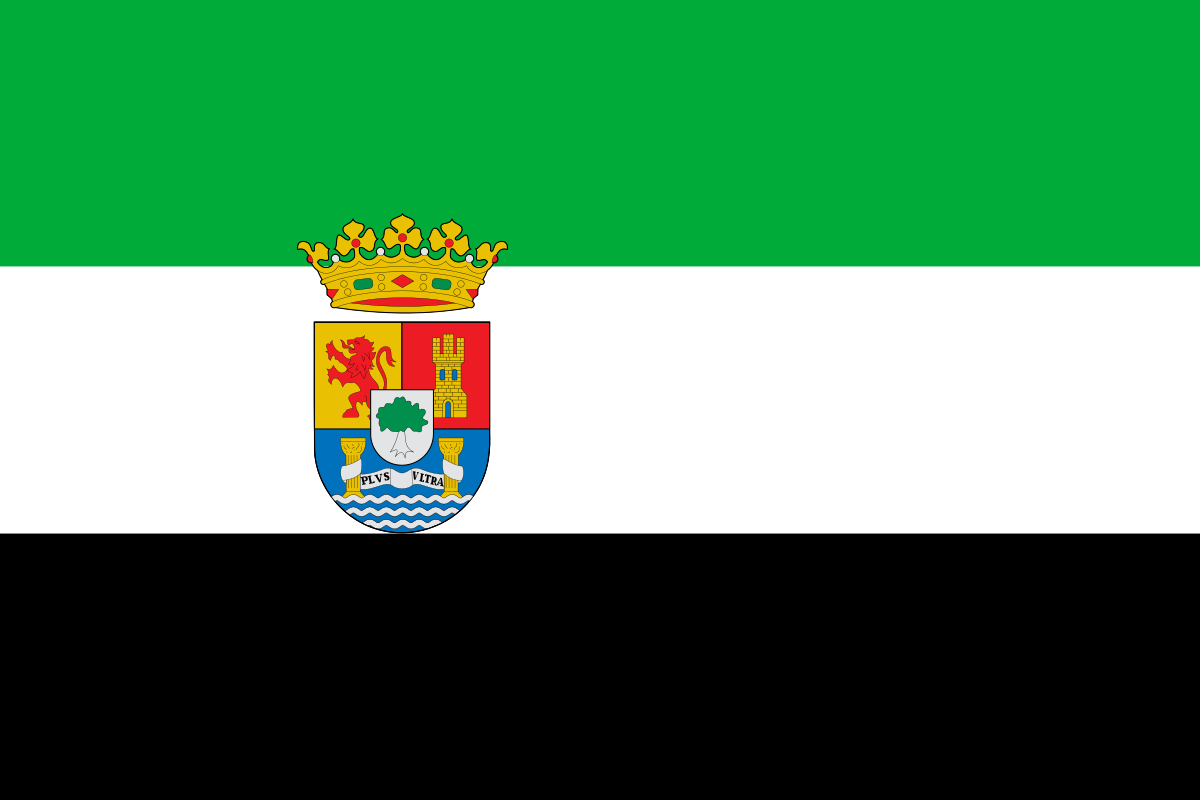 Extremadura
Extremadura

 History
History
 I 500 - 0 BC
I 500 - 0 BC

 Music
Music
 I 500 - 0 BC
I 500 - 0 BC

 Music
Music
 Music Hall, State Theater, Opera House
Music Hall, State Theater, Opera House
 Spain
Spain

 World Heritage
World Heritage

梅里达罗马剧场是一座由古罗马在其奥古斯达埃梅里达殖民地(位于今天西班牙的梅里达)建造的古代剧场。该剧场的建造由玛尔库斯·维普撒尼乌斯·阿格里帕执政官推动,而根据建筑中铭刻的日期,该剧场是在公元前16-15年落成的。据1964年主持修复该剧场的建筑师 José Menéndez-Pidal 言,[1]“(此剧场)是埃梅里达所有古迹中最主要的建筑”。而在1993年,该剧场作为梅里达考古集合的一部分成为了世界遗产。
Das glanzvolle monumentale Römische Theater in Mérida ist das am besten erhaltene seiner Art in Europa und dient nach seiner Wiederherstellung als Bühne für Schauspiele und Recitals. Zuschauer aus aller Welt lassen sich Jahr für Jahr von den klassischen Werken verzaubern, die im originalen Rahmen dieses architektonischen Kleinods aus dem 1. Jh. v.Chr. aufgeführt werden. Hunderttausende Touristen strömen jedes Jahr in die zum Welterbe erklärte Stadt, dessen Mittelpunkt das Theater bildet.
Einer Aufführung in diesem unvergleichlichen Rahmen beizuwohnen, den das Theater von Mérida bietet, ist ein einzigartiges und unvergessliches Erlebnis. Der Berghang, an den sich die halbrunde Zuschauertribüne für ursprünglich 6 000 Zuschauer anschmiegt, schafft eine Akustik, die selbst noch den leisesten Ton der Redner verstärkt. Im Zentrum steht die eindrucksvolle, mit korinthischen Marmorsäulen geschmückte Bühne, die als eine der schönsten und grandiosesten des gesamten Römischen Reichs angesehen wird.
Seit der Wiederherstellung des lange Jahre zerstörten und mit Erde bedeckten Bühnenraums in den ersten Jahrzehnten des 20. Jahrhunderts beherbergen die tausendjährigen Steine des Theaters Schauspiele, Ballettaufführungen und andere künstlerische Darbietungen. Das seit 1933 jeden Sommer stattfindende Festival für Klassisches Theater ist ein bedeutendes Kulturereignis, das dem Besucher - einer Zeitreise gleich - gestattet, das Erbe Griechenlands und Roms in seinem ursprünglichen Rahmen zu genießen. Das spektakuläre Festival hat sich zu einer Veranstaltung von internationalem Rang entwickelt.
Eine Stadt voller Baudenkmäler
Direkt neben dem Theater befindet sich das Amphitheater und ganz in der Nähe der Zirkus. Diese eindrucksvollen Bauwerke zur Freizeitgestaltung sind Teil der befestigten römischen Kolonie, deren einstmals vollständig Stadtgefüge selbstverständlich auch über Straßen, Bögen, Foren und Wohnhäuser wie das Mithräum sowie schöne Tempel wie den Dianatempel verfügten. Abgesehen von den Brücken über die Flüsse Guadiana und Albarregas, an denen die Stadt liegt, erbauten die Römer auch den Aquädukt Los Milagros und die beiden Stauseen Proserpina und Cornalvo im gleichnamigen Naturpark.
The Roman Theatre of Mérida is a construction promoted by the consul Vipsanius Agrippa in the Roman city of Emerita Augusta, capital of Lusitania (current Mérida, Spain). It was constructed in the years 16 to 15 BCE.
The theater has undergone several renovations, notably at the end of the 1st century or early 2nd century CE (possibly during the reign of Emperor Trajan), when the current facade of the scaenae frons was erected, and another in the time of Constantine I (between 330 and 340) which introduced new decorative-architectural elements and a walkway around the monument. Following the theatre's abandonment in Late Antiquity, it was slowly covered with earth, with only the upper tiers of seats (summa cavea) remaining visible. In local folklore the site was referred to as "The Seven Chairs", where, according to tradition, several Moorish kings sat to decide the fate of the city.
Il Teatro romano di Mérida è uno storico teatro della città spagnola di Mérida, in Estremadura (Spagna meridionale), costruito nel 15-16 a.C.[1][2][3] per volere di Marco Vipsanio Agrippa[1][2]. Tra i teatri romani meglio conservati al mondo[4] e considerato il teatro romano meglio conservato in Europa[5], è annoverato - unitamento al contiguo anfiteatro romano - dall'Unesco nel patrimonio dell'umanità[5].
È tuttora utilizzato per rappresentazioni classiche, in particolare durante il Festival de Teatro Clásico che si svolge ogni estate dal 1933[4][5] ed è visitato da circa 100.000 turisti l'anno[5].
El teatro romano de Mérida es un teatro histórico levantado por la Antigua Roma en la colonia Augusta Emerita, actual Mérida (España). Su creación fue promovida por el cónsul Marco Vipsanio Agripa y, según una fecha inscrita en el propio teatro, su inauguración se produjo hacia los años 16-15 a. C. «Príncipe entre los monumentos emeritenses», como lo denominó el arquitecto José Menéndez-Pidal,1 el teatro es Patrimonio de la Humanidad desde 1993 como parte del conjunto arqueológico de Mérida.
El teatro ha sufrido varias remodelaciones, la más importante durante el siglo I d. C., cuando se levantó el frente escénico actual, y otra en época de Constantino I, entre los años 333 y 337. El teatro fue abandonado en el siglo IV d. C. tras la oficialización en el Imperio romano de la religión cristiana, que consideraba inmorales las representaciones teatrales. Demolido parcialmente y cubierto de tierra, durante siglos la única parte visible del edificio fueron las gradas superiores, bautizadas por los emeritenses como «Las Siete Sillas». Las excavaciones arqueológicas en el teatro comenzaron en 1910 y su reconstrucción parcial en 1962. Desde 1933 alberga la celebración del Festival Internacional de Teatro Clásico de Mérida.
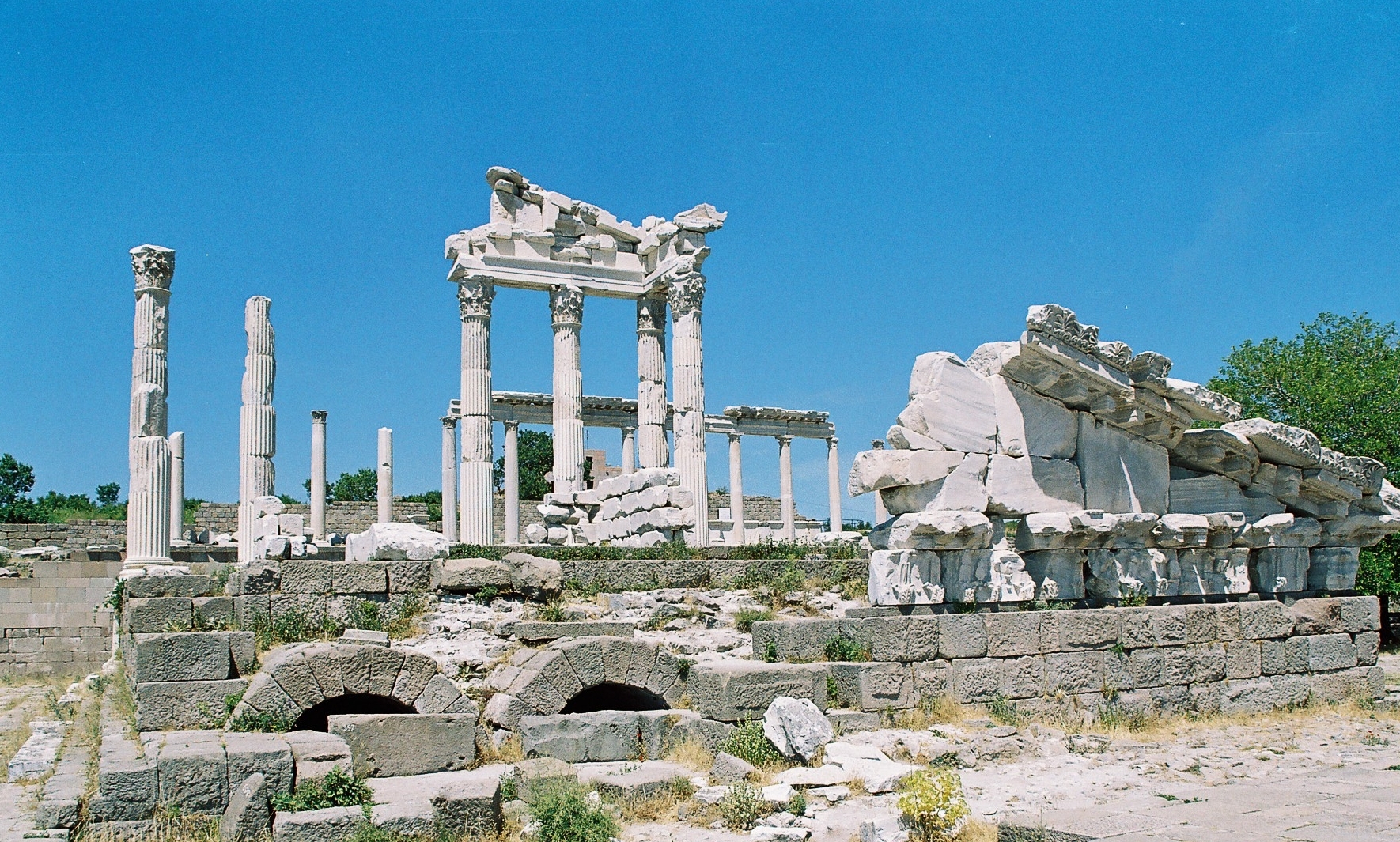
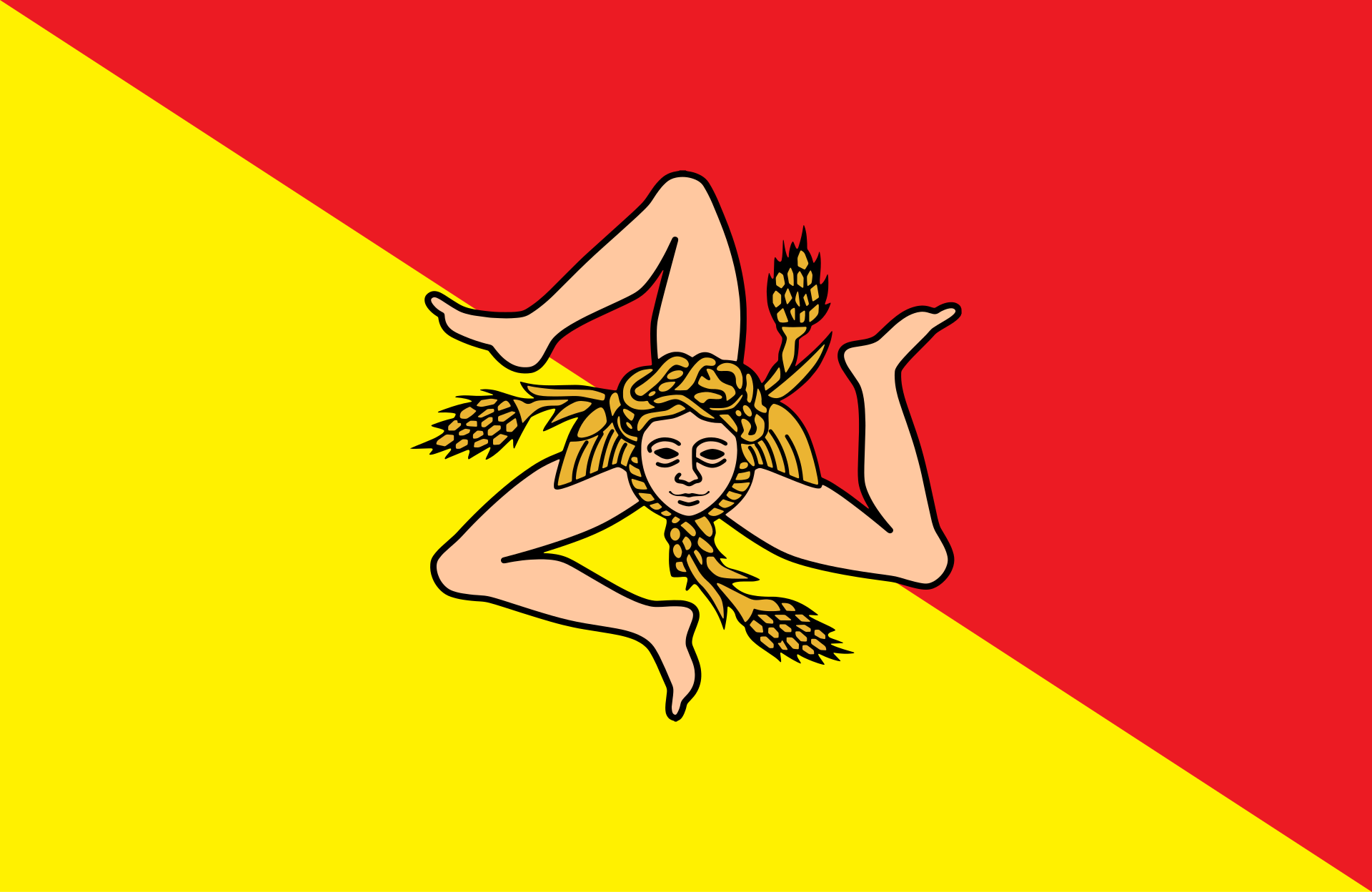 Sicilia
Sicilia
 Valle d´Aosta
Valle d´Aosta
 Bourgogne-Franche-Comté
Bourgogne-Franche-Comté